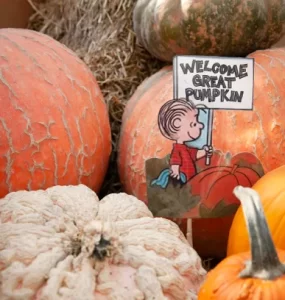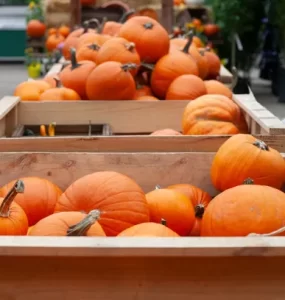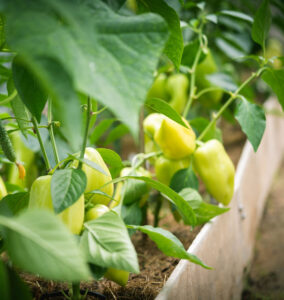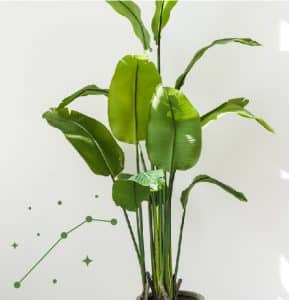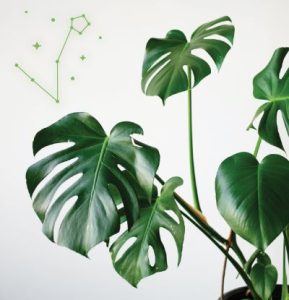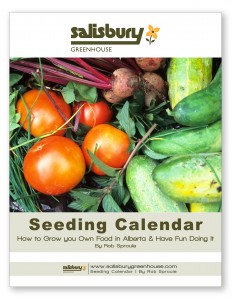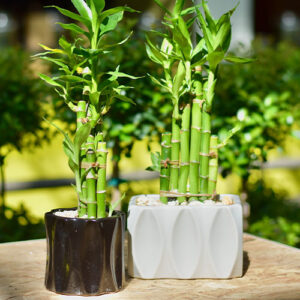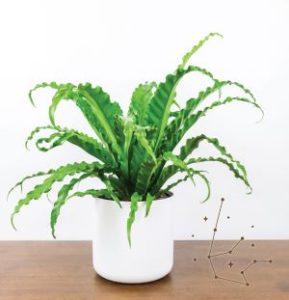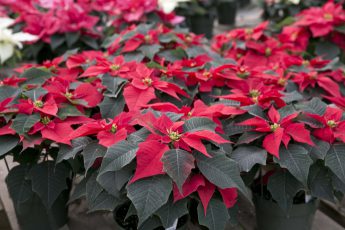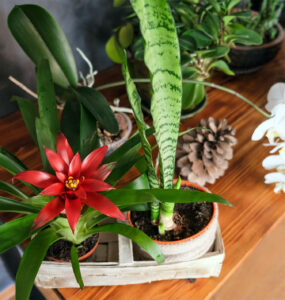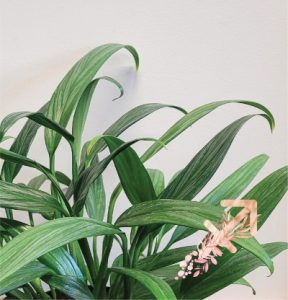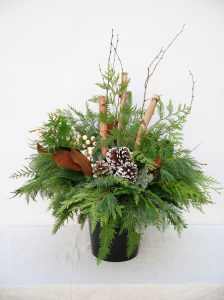Foolproof Edibles
by Rob Sproule
I talk to two kinds of people in the greenhouse: those who grow their own veggies, and those who would like to. Usually, the only thing stopping those who would like to from doing so are the myths that it’s overly time-consuming and that you need a green thumb, myths I’m happy to dispel.
While it’s true that some edibles need are indeed tough to grow (ask anyone who has attempted to grow Okra or Artichokes), many of the most popular are downright easy. For everyone who wants to grow their own, here are a few of my favourites to try this season. Even though it’s June, these will all still mature for you in plenty of time to enjoy them.
Salad Greens
Salad greens are one of the easiest and most rewarding vegetables to grow. The seed is cheap, they take up very little space, and a few containers will keep you in fresh salads for weeks.
It’s astonishing how many varieties of salad greens are available now. The best variety is from seed, where you can get salad-ready blends of chard, spinach, and of course lettuces that are as beautiful as they are delicious. You can also buy tantalizing mesclun, which is a blend of greens like arugula, chicory, and radicchio.
As long as you choose a semi-shady spot (morning sun is best), you can grow them throughout the summer and fall. They’ll have the best flavour if you keep them moist, and they rarely need fertilizer.
If you don’t have any shade, use other plants to provide it. Big, sun loving vegetables like cucumbers and tomatoes are ideal to grow on the south side of salad greens so that they shade them from the hottest sun.
Salad greens have very small root systems which allows them to thrive in containers that other veggies would find too confining. When they’re 4-6 inches high, cut them off for your evening salad, leaving an inch or two behind. This “cut and come again” method will yield several harvests of tasty, young greens.
Beans
Not only are beans easy to grow, but they add vital nitrogen to often depleted soil, which paves the way for a better crop the next season, as well. I love pole beans (especially Scarlet Runners), but bush beans are even easier as they don’t need to climb.
There’s a wonderfully nostalgic feeling about planting bean seeds. Push the seed into the soil to your first knuckle and gently cover it, pat it, and water it well. They germinate easily but soaking them overnight before planting will speed things up.
If you’re planting bush beans (it will tell you on the seed package), make a ridge of soil a few inches high and plant them and 3 inches apart from each other. Try to point the eye downward. After they germinate you may need to thin a little.
Climbing vines need more space and, because they grow like mad, a good sized trellis. The easiest and most cost effective trellis is to make a “tee-pee” of 4-6 tall bamboo stakes, wrap twine around the top, and encircle the whole thing with heavy gauge fishing line.
Give your beans lots of sun and watch the magic happen. They grow quickly, and home-grown beans pack more vitamin and nutrient goodness per pound than almost any other food.
Tomatoes
If you’re growing tomatoes for the first time, choose one with small to mid-sized fruit and make sure it’s a determinate variety. The smaller the fruit, the faster it will typically yield and the less you’ll need to worry about blossom-end-rot. Determinates stay compact enough to not need staking.
Tomatoes need lots of sun and want their soil to stay on the moist side. Try adding a few handfuls of organic mulch, like cedar chips or even straw, across the top. This will keep the water in and will reduce your watering.
Fertilize them every week or two with an all-purpose or vegetable fertilizer. Tomatoes aren’t picky; they’re just hungry.
They’re heat lovers, so plant them in pots instead of in the cool ground. They’ll grow faster and reward you with more fruit throughout the summer.
–
Related articles
Planning Your Veggie Garden
Growing Lettuce Indoors in Winter
Your Seeding Calendar


